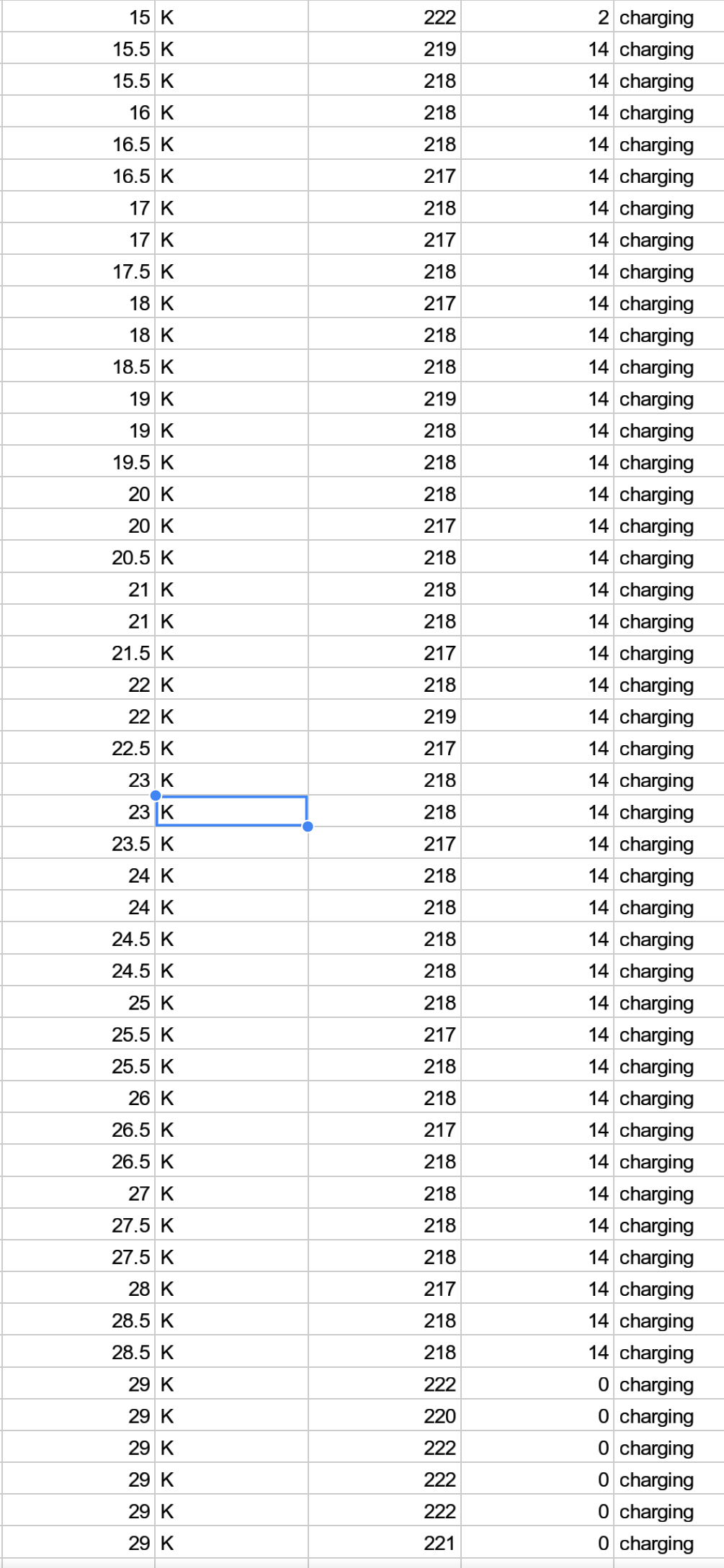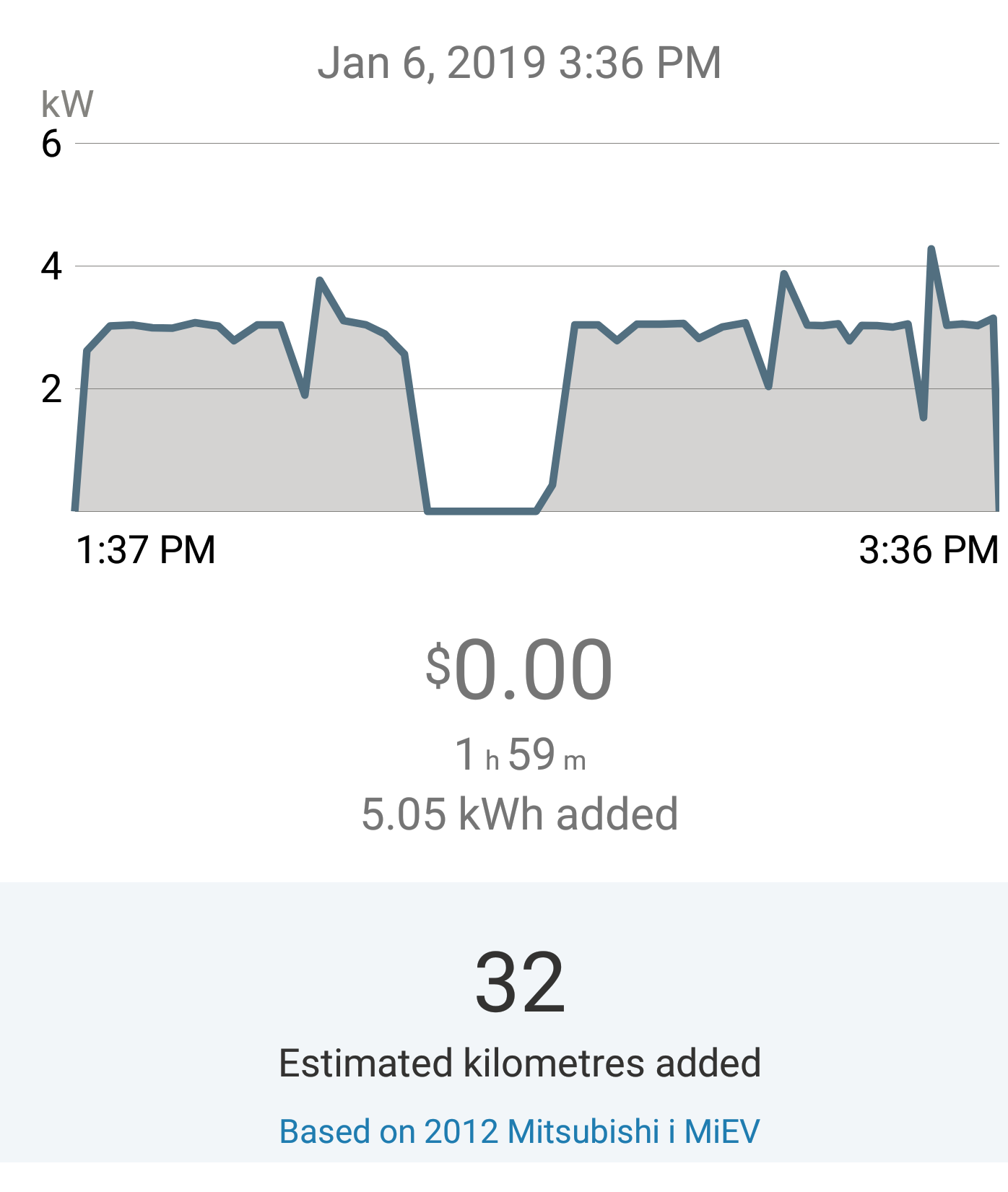kevin1956murray
Well-known member
- Joined
- Jan 19, 2019
- Messages
- 53
Below is the relatively quick response I got from submitting Monday's discovery that the "post pause" rate went back to 3kW when the other cord became available. I plan to hit them up in another week or two to check on status. Given that this has been a reported problem since January, I doubt there is any reportable progress in the last several days.
Your request (#ChargePoint Support) has been updated.
1342511: Driver Reported Station Fault
Steve Thomson (ChargePoint Support)
Jun 3, 13:33 MST
Kevin,
Thank you so much for the thorough details you and the other MiEV drivers have discovered. I will bring this up for sure with our software team for them to look into.
Again, thank you for all of the details.
Steve Thomson
Driver Support Supervisor
ChargePoint | chargepoint.com
Your request (#ChargePoint Support) has been updated.
1342511: Driver Reported Station Fault
Steve Thomson (ChargePoint Support)
Jun 3, 13:33 MST
Kevin,
Thank you so much for the thorough details you and the other MiEV drivers have discovered. I will bring this up for sure with our software team for them to look into.
Again, thank you for all of the details.
Steve Thomson
Driver Support Supervisor
ChargePoint | chargepoint.com



























